
Demands on Gravel Roads are Increasing
On all continents, the largest part of long-distance roads and streets still consists of unpaved roads with unbound surfaces, so-called Gravel Roads. In Australia, Asia, Africa and South America they even make up the majority, up to 80% of the transport infrastructure. The situation is similar in North America, Canada and Eastern and Southern Europe. These Gravel Roads could be built quickly and cost-effectively. But the demands on these unbound roads are increasing. Projects like the new Silk Roads lead to an enormous increase in traffic.
In all these regions, the aim is to create an efficient transport infrastructure. The aspects of speed, sustainability and cost efficiency are particularly important.
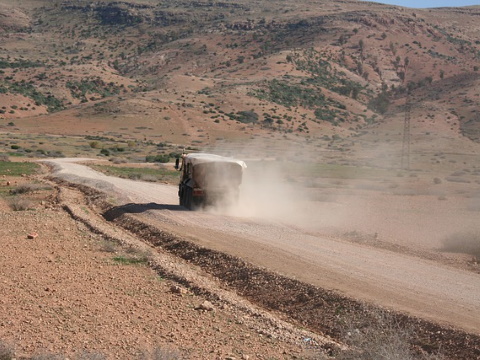
Gravel Road with heavy dust formation in the desert
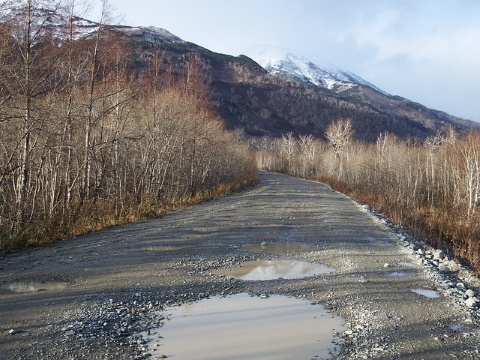
Gravel Road in Eastern Europe suffers from potholes
Poor condition
Road surfaces today have to cope with a much higher volume of traffic. This leads to a rapid erosion of the top surface layer, which is further encouraged by climate change. So-called washboard tracks are formed with bumps at right angles to the direction of travel. Deep ruts and potholes also make driving difficult. In addition, there is a lot of dust at speeds above 20 km/h, which often blocks the view. Maintenance is expensive and costly and wear and tear soon starts all over again.
Shear-resistant Road Covers
HanseGrand's semi-bound road covers solve these problems. They consist of very special, pure natural materials such as chippings, gravel and natural stones and form a water-permeable, elastic blanket. In contrast to asphalt or concrete stone surfaces, they do not heat up in strong sunlight, but rather give off coolness through the evaporation of the stored water. This leads to a more pleasant climate on the roads for people and animals and almost no dust is formed.
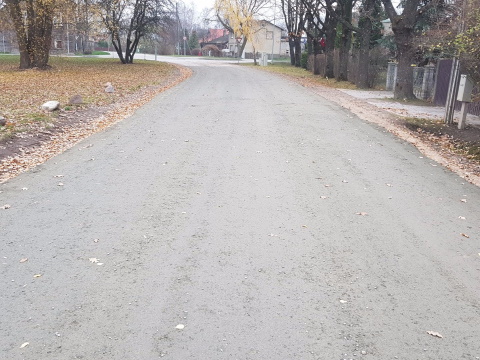
Gravel Road with HG-Mix® covering in Jelgava, Latvia
Valuable Qualities for Gravel Roads
The road covers are extremely shear-resistant and therefore also suitable for roads with high usage pressure. The top layer is no longer rubbed off, but remains in place. Neither puddles nor potholes are formed. For this reason, the road covers have a long lifetime, during which maintenance costs are very low.
Another major advantage is the cost of the semi-bound road covers. These costs are about one third lower than those of asphalt. As HanseGrand always works with regional gravel works on all continents, our delivery routes are short and also cost-effective.
Furthermore, HanseGrand road covers are environmentally friendly. The life cycle assessment that HanseGrand had carried out for some products in 2019 shows that they are preferable to concrete, asphalt or paving slabs in terms of their climate-friendly properties.
Examples of Applications
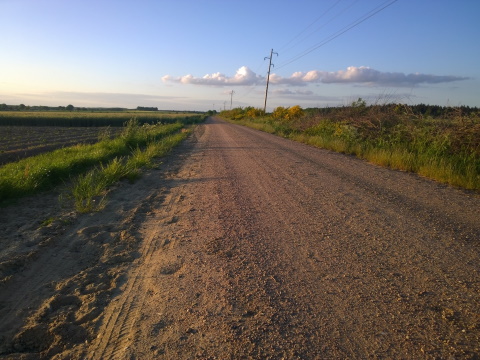

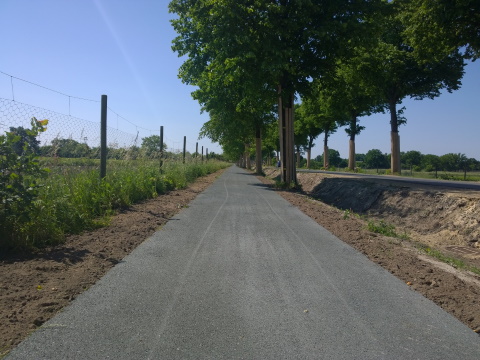
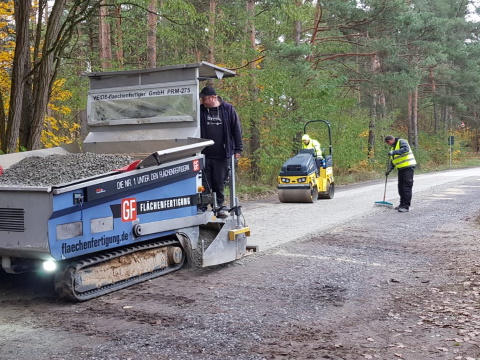

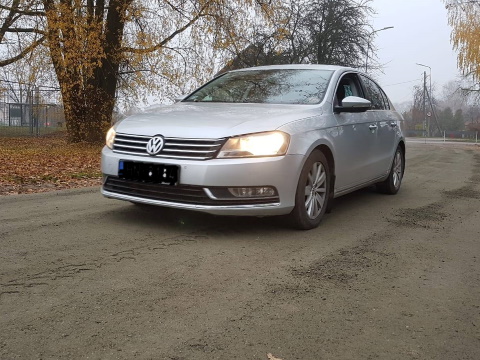
Gravel Roads Experience
HanseGrand has been researching and developing water-bound road covers for over 30 years, partly in cooperation with German federal ministries, universities and colleges. Recently, gravel roads in Georgia and Kazakhstan have been paved with our road covers, to the great satisfaction of these countries. Also in Spain and Portugal, the climatically hotter countries of Europe, there is a large number of gravel roads with semi-bound HanseGrand road covers, which have been used for many years without any problems and without any complaints.
In short: with our climate control materials, our know-how and our management we build the world's gravel roads much cheaper and more stable.
About HanseGrand Klimabaustoffe
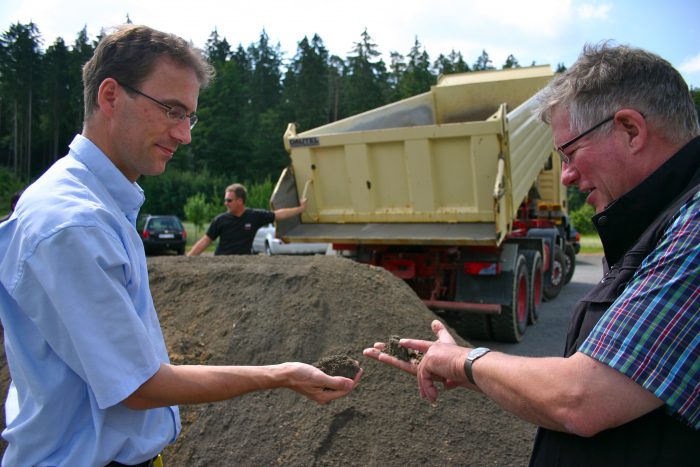
"The people at HanseGrand develop and combine building materials into systems that enable effective and natural solutions for the climatic challenges of our time."
Hans Pape, Owner
